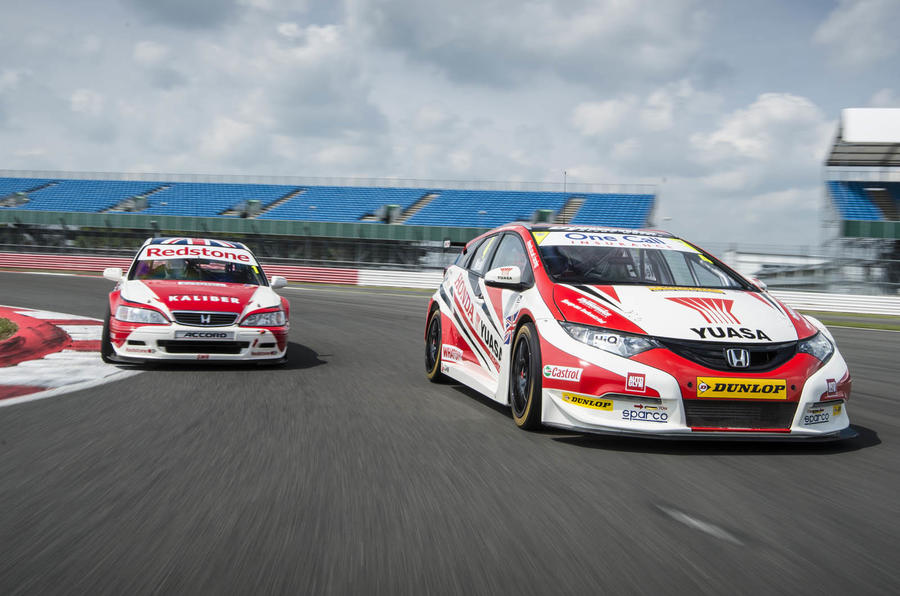Forgive the hyperbole and adoption of rose-tinted spectacles for a minute – the British Touring Car Championship in the 1990s was surely the most exciting racing series ever seen, right?
The BTCC’s Super Touring era, which ran from 1990-2000, saw strong grids packed with big-budget manufacturer teams competing with proper ‘win on Sunday, sell on Monday’ cars being driven by well-paid star international drivers, and all cheered on by huge crowds watching close, exciting racing.
This weekend at Oulton Park, you can take off those rose-tinted spectacles and watch some of the star cars and drivers from that era race again in the Super Touring Car Trophy, a new championship that is on the bill as a support race to the main attraction of event four of the 2014 BTCC.
Honda driver Matt Neal is as qualified as anyone to talk about the BTCC’s past and present, as one of the stalwarts of the Super Touring era and a three-time champion since.
Neal was at Silverstone recently to give me his memories of that era – some of them rather eye-opening, especially to a chap who got his first taste of motor racing with the BTCC from this era, oblivious to all the backstage goings on.
It was an era Neal remembers as one “full of big international names and manufacturers spending huge sums of money. In Formula 1, people can’t believe the money spent,” says Neal, “but it was like that in touring cars in the Super Touring era”.
Find out how to build a British Touring Car Championship racer.
Some of the numbers Neal recalls form the Super Touring era are extraordinary. In this period there were more salaried BTCC drivers than F1 drivers, the likes of Nissan’s Laurent Aiello pocketing more than £700,000 in 1999, and even those making up the numbers were earning around £300,000.
The salaries were nothing compared to the overall budgets – Nissan shelled out around £12 million to claim the title in 1999, Ford a reported £17m to run a three-car team in 2000. It’s figures like these that explain why the curtain came down on the Super Touring era at the end of 2000, as manufacturers pulled out of the arms race.
Although crude and unreliable at the start of the Super Touring era, the cars had become very special to race by the end of the ’90s as the big budgets kicked in, recalls Neal. “They were awesome to drive,” he says, “not easy, but very special indeed.
At the start they were unreliable as so much new technology was being tested and boundaries being pushed, but they became very fun in the end when reliability was sorted. They were always on a knife-edge at the limit due to the small, narrow tyres, and as the technology increased so did the grip levels. The more tech you had, the more fun you had.”






































Add your comment